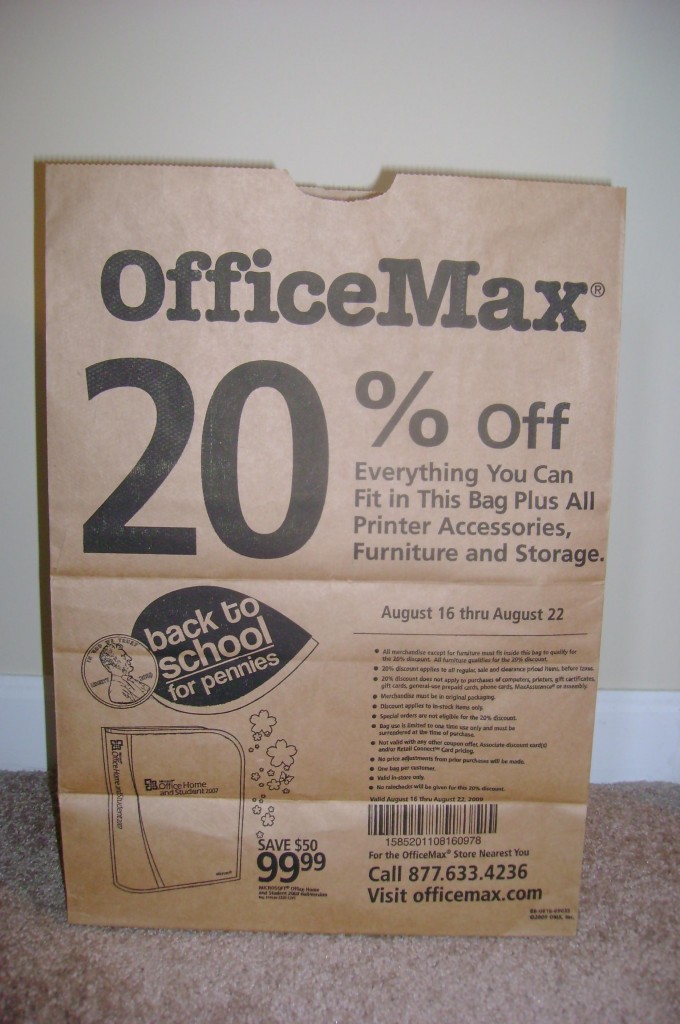Random Internet Stats Tool
I was doing some much-needed browsing of the blogs this afternoon when I noticed a post from Steve Rubel pointing out this Internet Stats tool on Google’s UK domain.
The tool lets you search and browse data on:
o Macro economic trends
o Technology
o Consumer trends
o Media consumption
o Media landscape
The topics can be broken into subcategories, and the data is supplied by a few dozen research companies. The tool does not seem to have a ton of data, which gives it a more random than comprehensive quality. But nonetheless, there are some interesting stats, such as:
o Users are 1.5 times more attentive when browsing YouTube than when watching TV.
– Motorola (with Mindshare) and GM, partnered with YouTube, December 2008
o 5% of all time online is spent on Facebook.
– Comscore, April 2009
o 34% of Brits spend a whole day trying to find the best holiday deal online.
– Greenbee.com survey, January 2009
o 50.1% of online shoppers who placed items in their shopping carts did not go on to place an order.
– Core Metrics, March 2009
o Japanese etail giants can make as much as one quarter of their sales via cellphones. Nearly half of Tokyo’s single females are accessing the mobile web more than five times a week, with the peak shopping time between 1pm and 3pm reflecting the part-time employment status of many young Japanese.
– Internet Retailing, May 2009
I do not believe that the tool has enough data to be useful, yet, but there is plenty of potential. One thing is certain: the data is really, really interesting.












